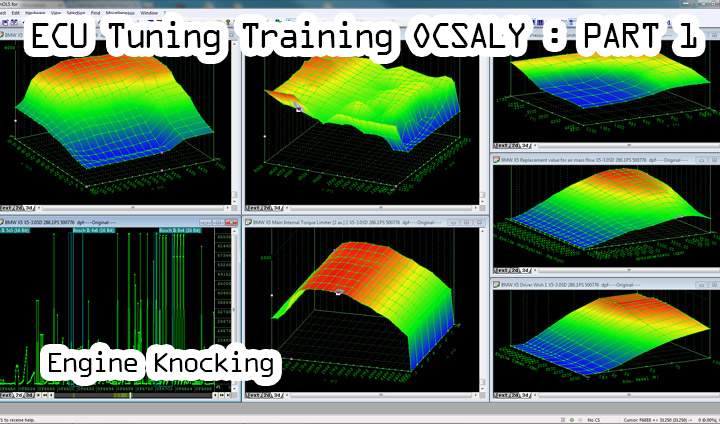Rule #2: Advance Timing with Increasing Engine Speed
The whole point of advancing ignition timing is to provide peak cylinder pressure at the most effective point in the cycle. This is typically about 12 to 15 degrees ATDC for piston engines, due to the nature of the connecting rod geometry and expansion ratios. Since the air/fuel mixture takes some amount of time to burn, the process must be started ahead of this target in order to peak the cylinder pressure at the right time. With a relatively consistent rate of burn for the mixture, total burn time remains predictable as well. If we want to be about halfway through this burn time by a specific engine angle, it must be timed to the engine’s rate of angle change. Fortunately, we have just such a measurement available from the typical engine speed measurement of revolutions per minute. Each revolution is 360 degrees, so we are effectively measuring degrees per minute, or angular velocity, anyway. As this angular velocity increases, the time window for starting the burn moves forward. Degrees of rotation effectively become flexible units of time that change their magnitude with RPM. Higher engine speeds mean more degrees per second, yet the burn time in seconds remains relatively consistent. In order to time the peak pressures that occur just after 50% burn time with a point 12 to 15 degrees ATDC at higher speeds, the bum must be initiated earlier. “Earlier” in this sense means more degrees before TDC. Failure to compensate for speed would result in a burn that is less complete as the optimal crank angle approaches and the piston has less pressure acting upon it when it would be most useful. Essentially, the gas expansion from combustion isn’t hamessed effectively because the piston on the expansion stroke is already running away from it.
Just like hitting a fastball versus a changeup, a faster moving target (higher RPM) requires more lead (spark advance) to make contact (produce peak pressure) at the right time. The faster the speed, the more lead required.










